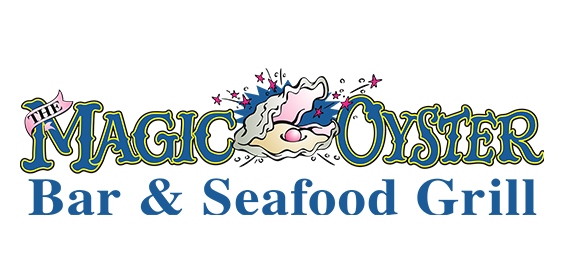All About Oysters
Oyster Difference:
East Coast vs. West Coast vs. Gulf Coast
- The main difference between East Coast and West Coast oysters lies in their flavor profile, size, and shape, largely influenced by the waters they grow in.
- East Coast oysters are known for their briny, salty taste due to the saltier waters of the Atlantic Ocean. Complex in flavor, you might even sense a hint of seaweed or minerality. East Coast oysters tend to be smaller and flatter.
- West Coast oysters are known for their sweeter taste and creamy texture. Their flavor is more subtle due to the Pacific Ocean’s milder water. You might sense flavors of butter and cucumber. These oysters tend to vary in size, but are usually larger and deeper than East Coast oysters.
- Gulf Coast oysters mature in freshwater (Mississippi River), so they are usually lower in salinity and are larger and meatier.
Oysters are an ancient delicacy.
- Humans have been eating oysters since prehistoric times and oysters have been cultivated for more than 2,000 years.
- Oysters are harvested in different ways depending on the depth of the water in which they live. Oysters that live in shallow water are harvested using small rakes or by hand. Special tongs can be used to harvest oysters in deeper waters. Divers are even used in extremely deep waters. In the past dredging was a common practice, but is rarely used today because of the damage it can do to the ocean floor.
- Oysters only become large enough for harvesting after three to five years of life.
- Oysters are very nutritious. It is said that you only have to eat 4 or 5 oysters to get your daily requirement of iron, calcium, zinc, copper, manganese, iodine and phosphorus. They also contain vitamins D, C, B1, B2 and B3. Oysters are sometimes recommended for people who are on low cholesterol diets.
- Edible oysters belong to the family Ostreidae. Pearl producing oysters belong to the family Pteriidae or feathered oysters.
Oysters are unique creatures.

- Oysters are distant relatives to scallops and mussels.
- Oysters are considered an edible bivalve mollusk.
- Oysters live at the bottom of the ocean in hard-surface areas, either in deep or shallow water.
- During their reproductive season, from May to August, oysters have thin shells and lose some of their taste.
- Oyster shells typically have a gray or white texture. Some oyster shells have purple or red markings.
- Oyster shells are primarily made out of calcium carbonate, similar to limestone.
- When the abductor muscle contracts, the two pieces of the oyster shell close. When the abductor muscle relaxes, the shell opens up.
- An oyster doesn’t have a head or a brain. Instead, it has two nerve centers that control the mouth, mantle and internal organs.
- The largest member of the Pteriidae family (pearl producing oysters) is the Pinctada Maxima. These oysters can reach over 8 inches in diameter.
- There are two kinds of pearls, cultured and natural. Natural pearls are very rare and are far more valuable than cultured pearls. Cultured pearls are made by implanting a foreign substance into the oyster.
- Marine snails make holes in the oyster’s shell to gain access to the nutritious contents.
- An oyster’s gills are found under the mantle. The gills are used for collecting food and breathing.
- Oysters eat plankton and organic debris by creating a current in the water. Water enters the oyster’s gills, catching food particles in the process.
Oysters play a critical role in our ecosystem.
- When oysters eat, they filter nutrients and particles from the water, ultimately cleaning our waterways. An oyster is capable of filtering 60 gallons of water every day!
- Oysters live in groups which are referred to as beds or reefs. Oyster reefs are very beneficial. Many small marine creatures, both plant and animal make their homes in the areas around the oysters. These small creatures will in turn attract larger marine life to the area, creating a healthy habitat for all.
- The Magic Oyster has helped our local waterway ecosystem through oyster reef restoration efforts. Check it out
